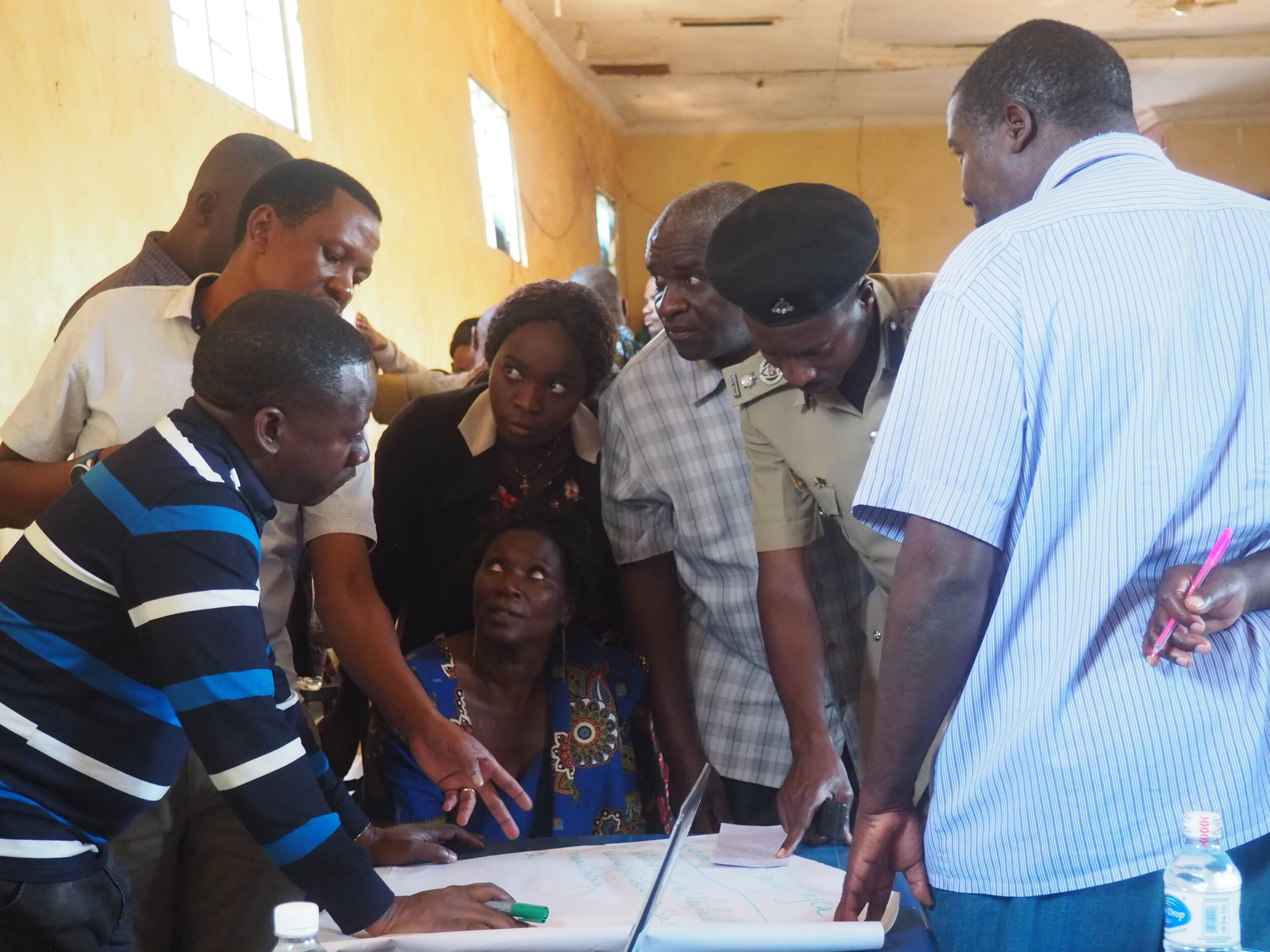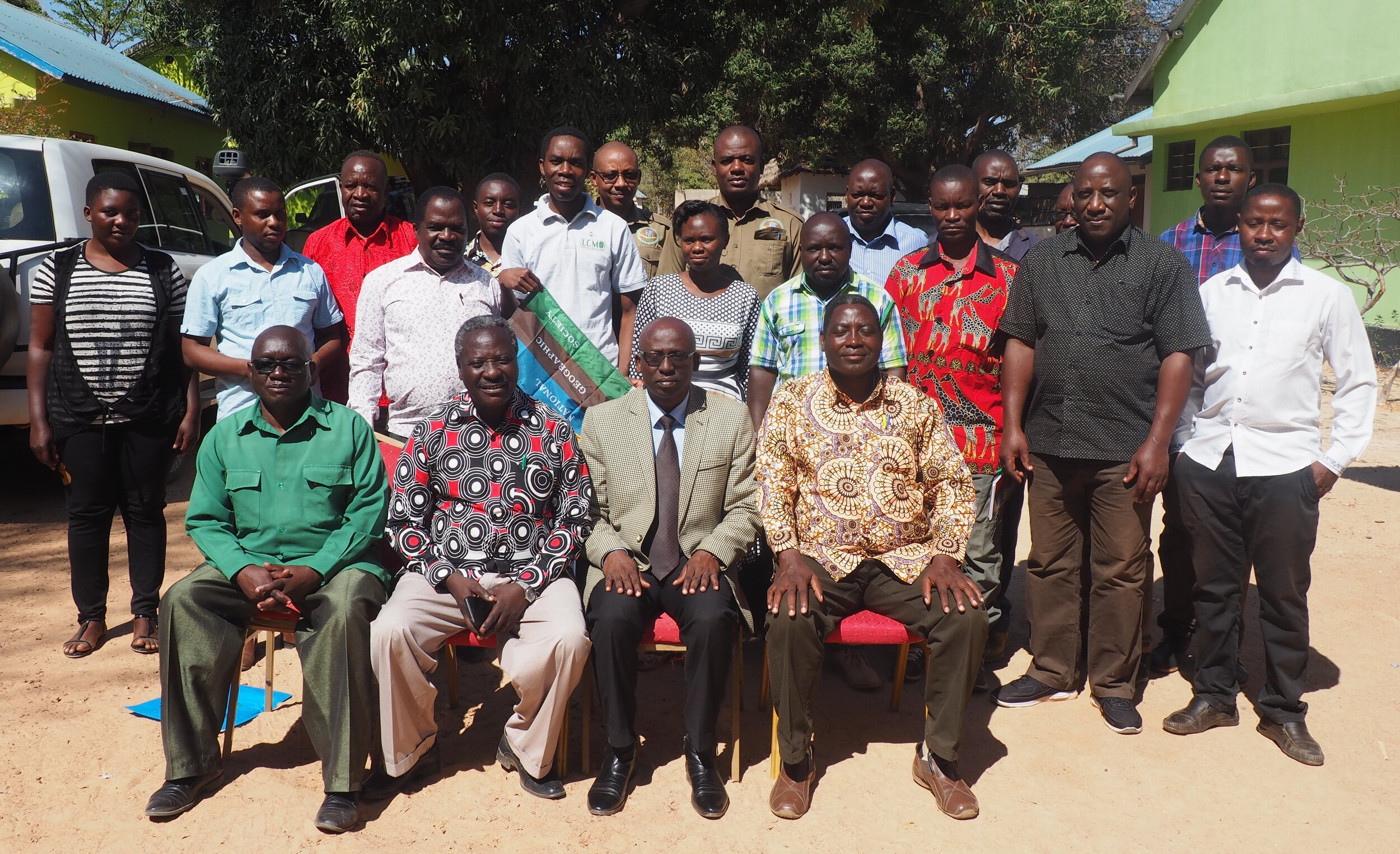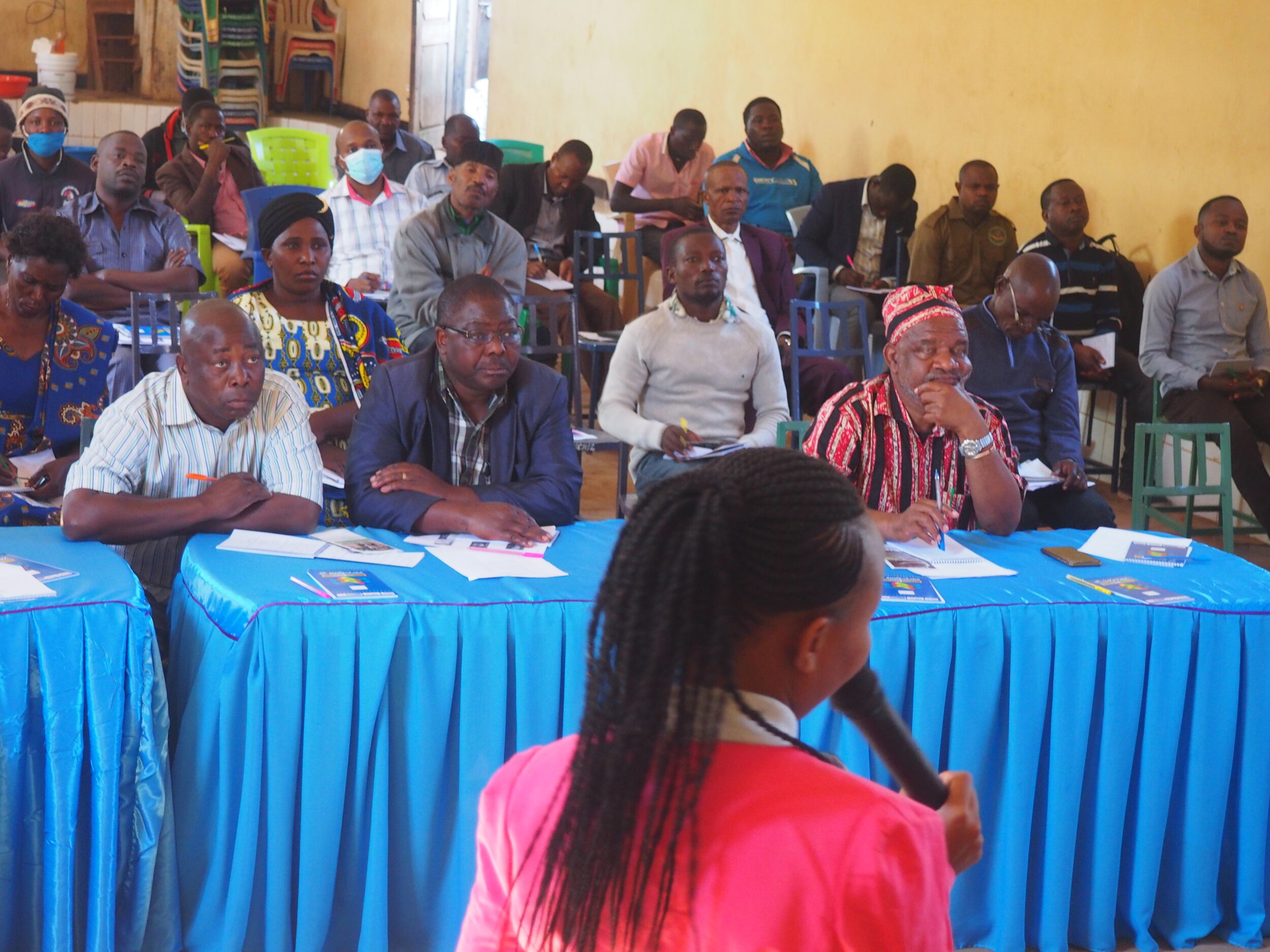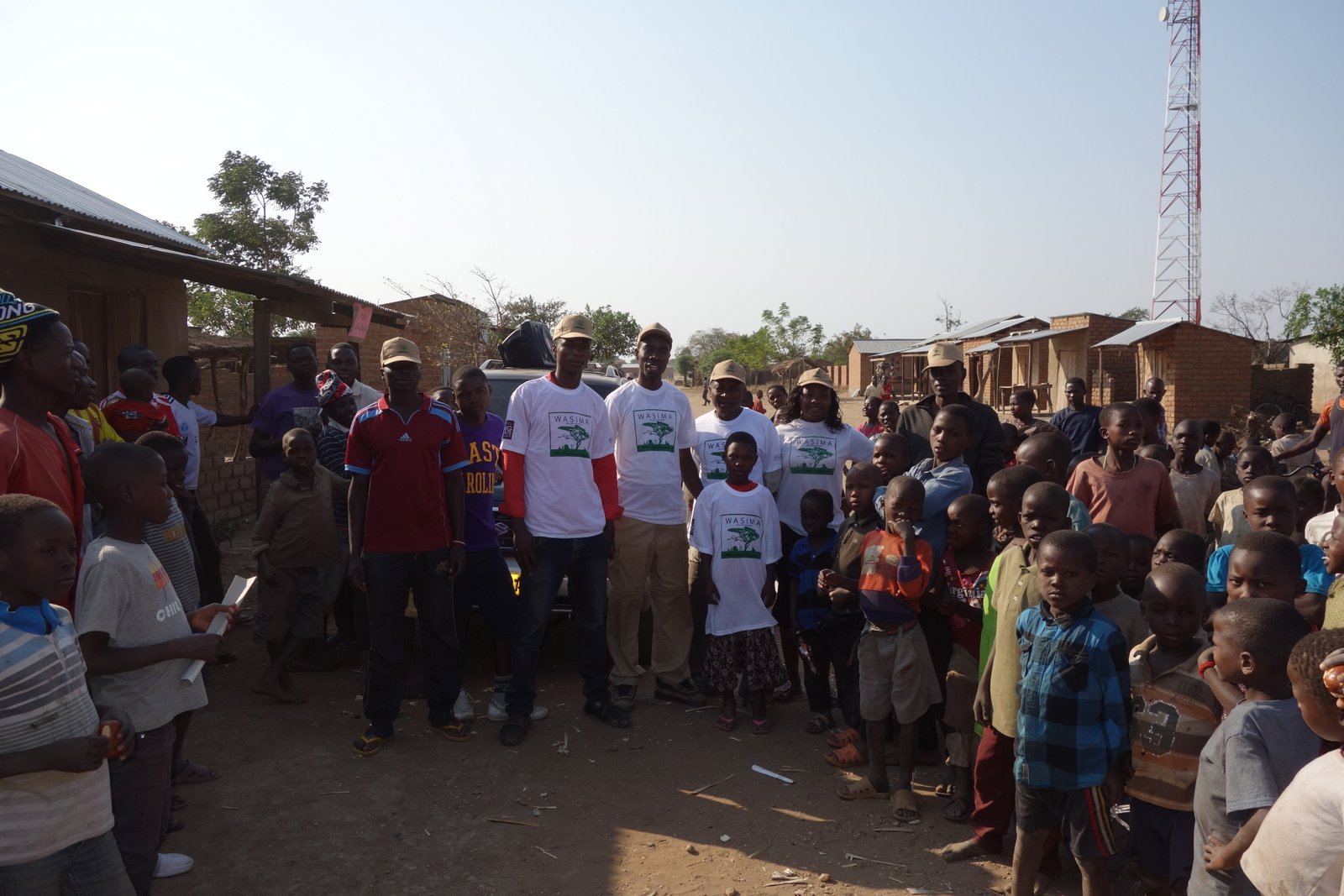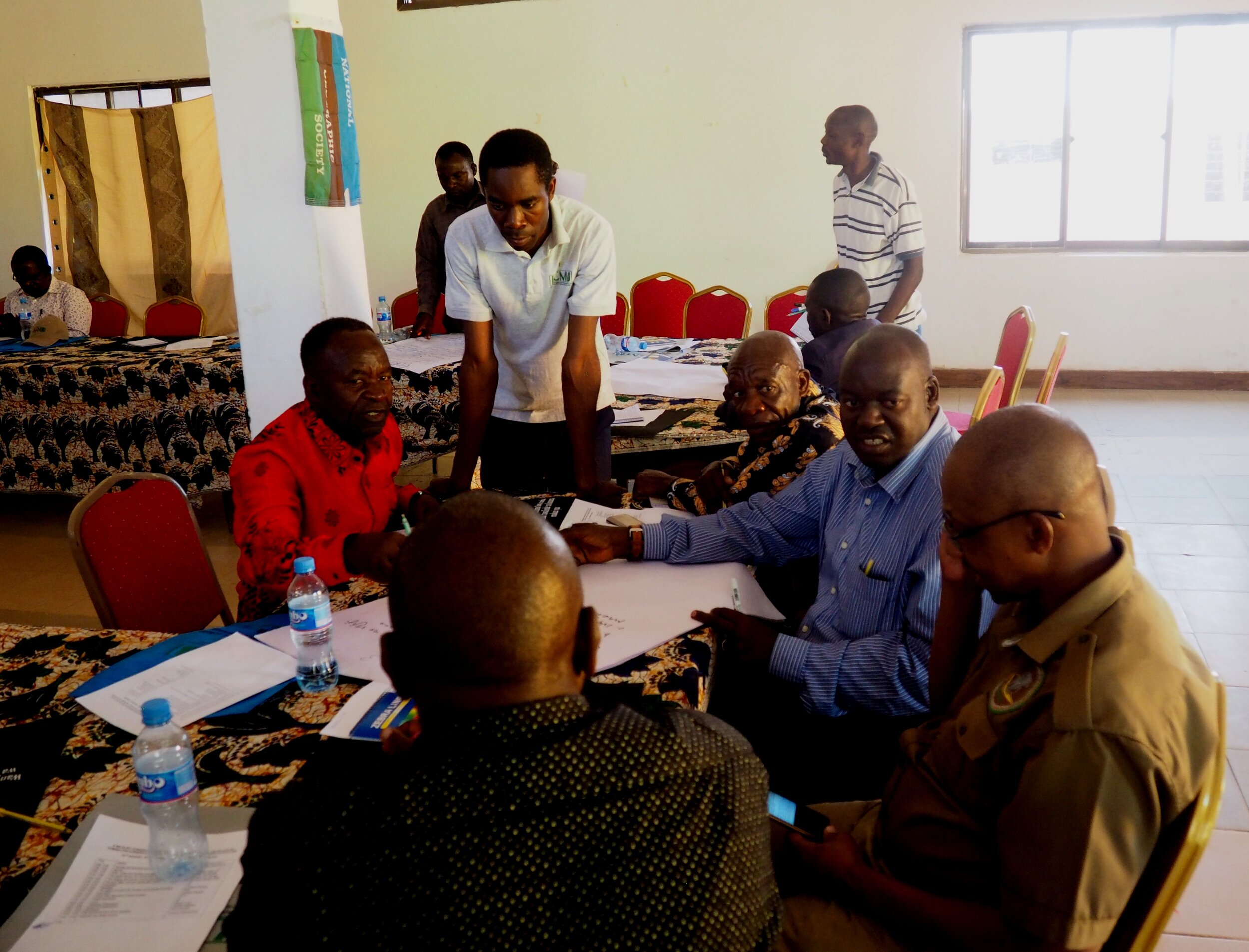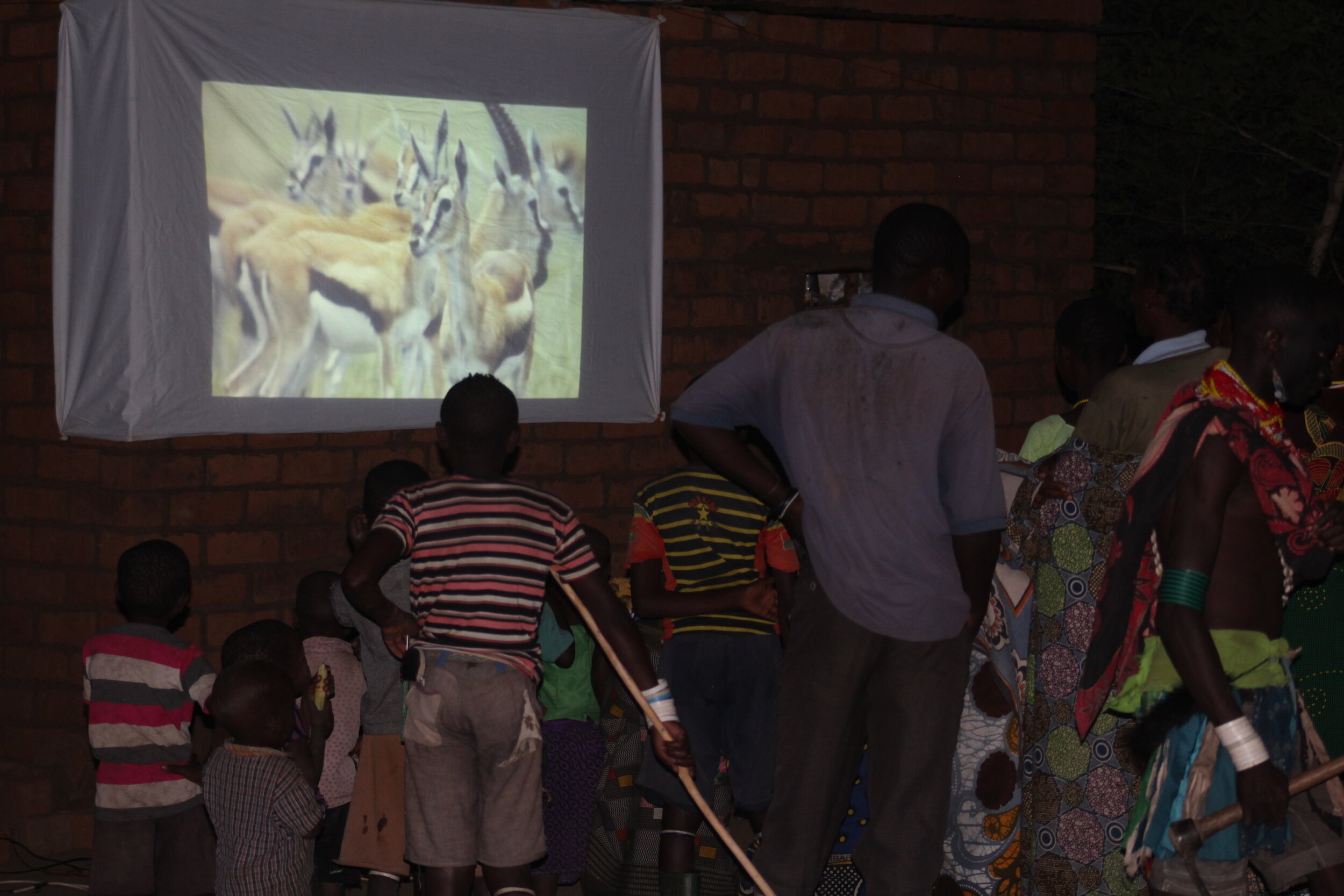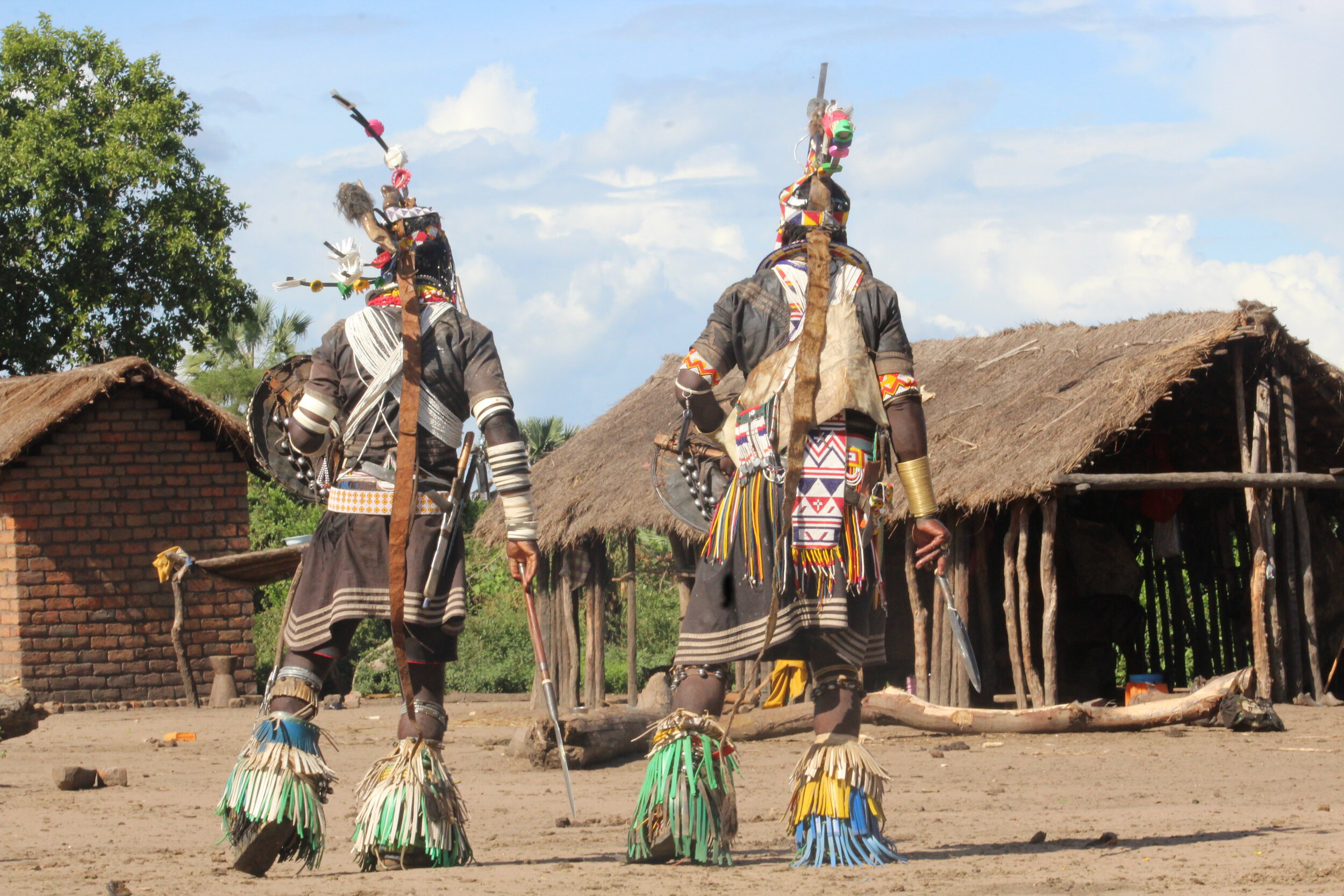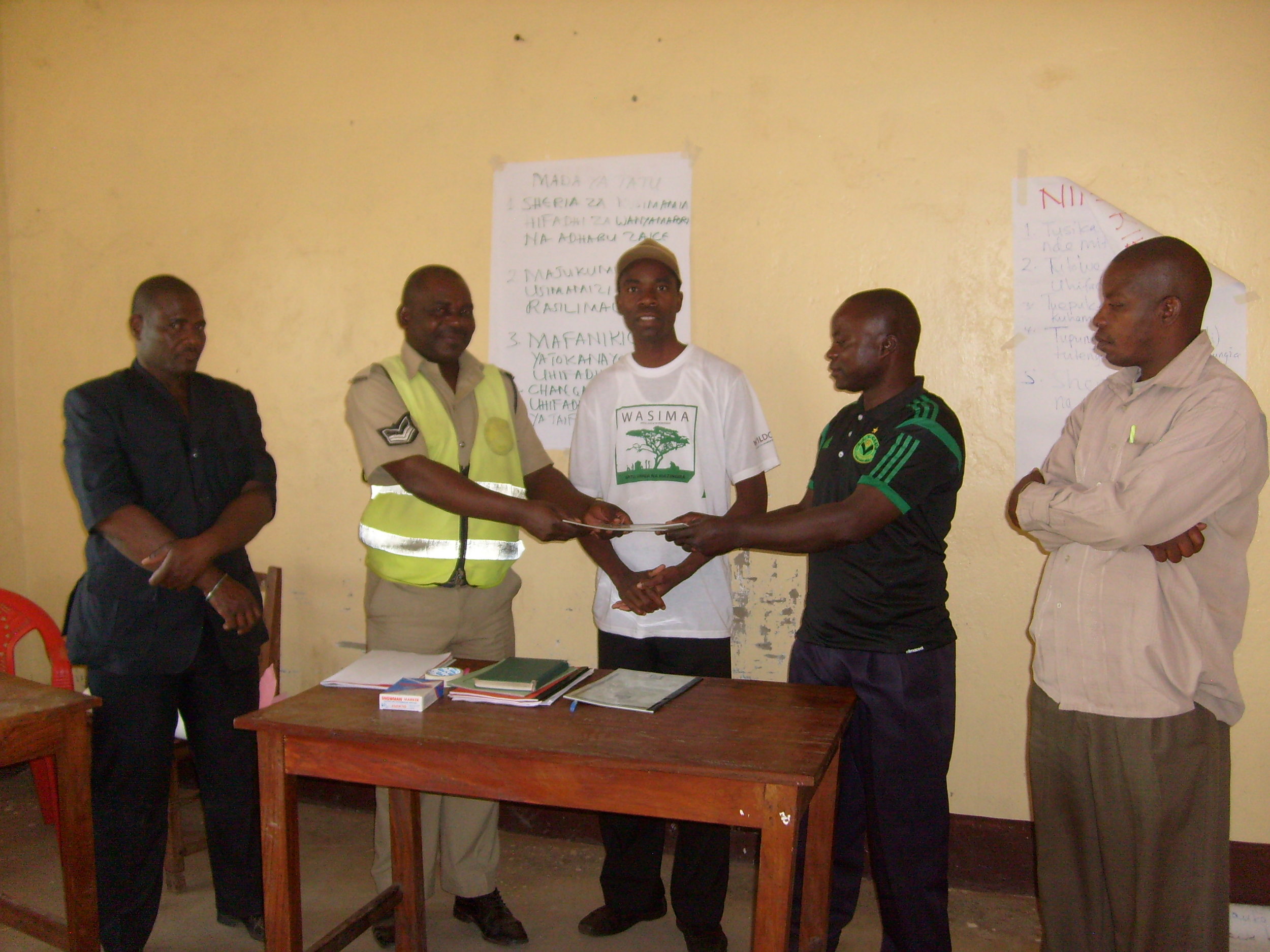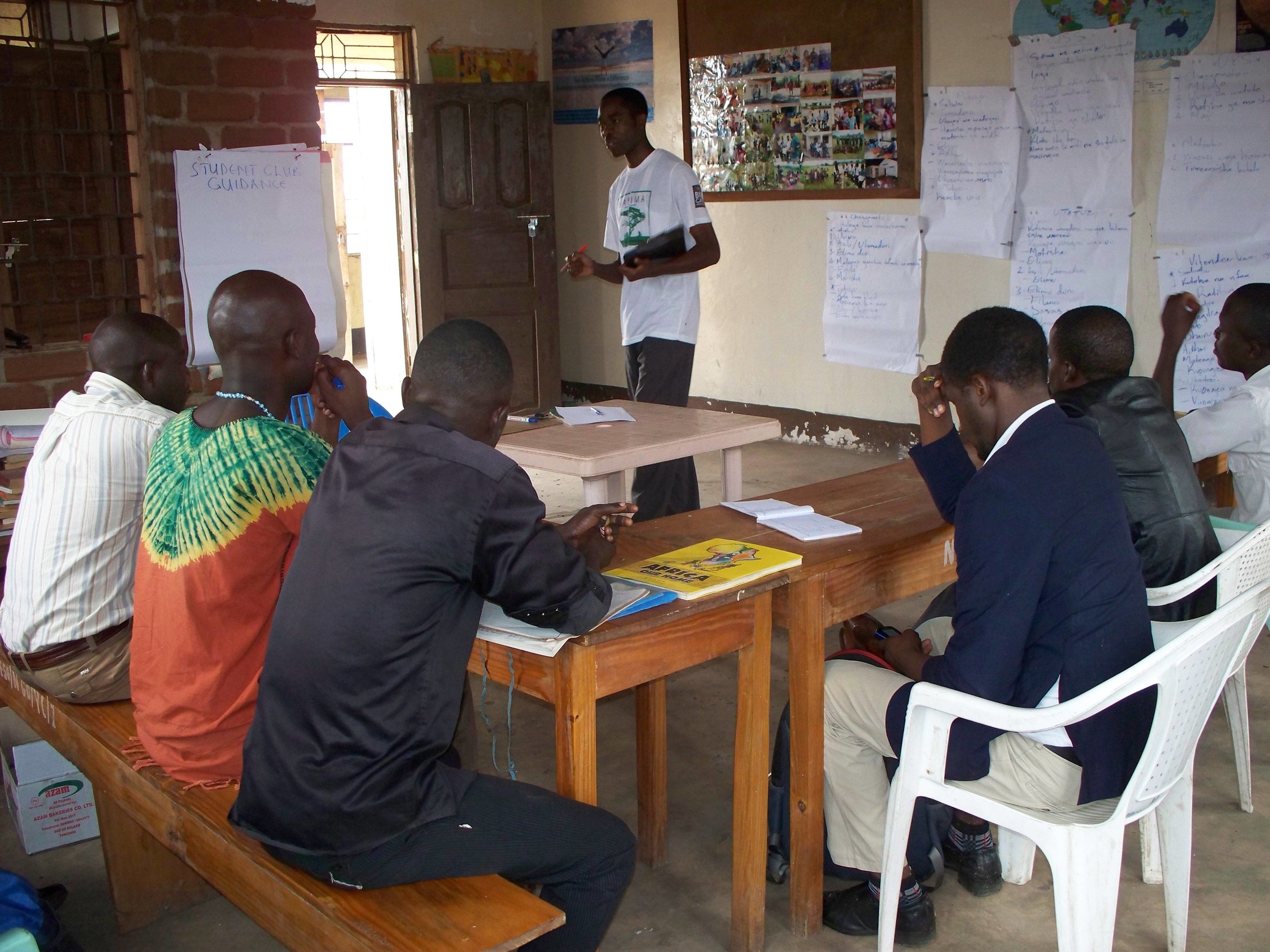One of the greatest challenges possibly facing all conservationists is to harmonize relationship between wildlife and humankind. Balancing acquisition of their needs without harming ourselves and our home environment, the ecosystems. We all know that we cannot live in isolated world for long as the implications are clear: we need to reproduce, feed, refuge, connect, socialize, have safety and perpetuation. The interactions between human and wildlife has exist ever since and must continue. But the growing human and livestock population is increasing demand of food and other needs for human development which altogether is sourced from ecosystems beside us. The over-exploitation of natural resources has led into degraded ecosystems shrinking and reducing quality of our habitats thereby forcing to leave wildlife restricted in protected areas. As the human and livestock population increases, wildlife related crimes and conflicts increases despite polices, laws and regulations and enforcement in place. The question is how then shall we manage to promote species existence? Thousands of species are getting endangered and many have gone into extinct due to rapid growing human population, climate change, science and technology development-mostly the industrialization. Highest species extinction rate is recorded in developed nations and lowest in least developed nations- thereby increasing due to economic progress related to increasing land uses and demand for industrial raw materials and industrialization itself. In developing countries like Tanzania conservative pastorals like the Sukuma in western Tanzania and Maasai in Ngorongoro are increasing in terms of both human and livestock populations within the ecosystems and the carrying capacity within their landscapes no longer support and withstand the past planned sustainable resource use in present extractions. This means the level of interactions between humans and wildlife is getting higher and various measures to address human wildlife conflicts must urgently be put in place. Like many other nations, Tanzania one of the mega biodiversity countries with highest number of endangered species in the world have established a nation human-wildlife conflict mitigation strategy to promote harmony between human and wildlife in Tanzania.
Upon Halting human-lion interactions in western Tanzania we recently innovated the use of loudspeakers to warn and alert community members in villages where we had recorded many recurring occurrences of lions within communal lands which has been associated with increasing human-lion conflicts. Most villages resided by pastoralists are remotely located, have inadequate road networks, limited social services (school, water, health and security and almost no game ranger post stations). Households are scattered, and people walk a long distance to connect, in search for social services including police and Game rangers assistance which are available at ward and district levels with very limited human resources. And since there is high interactions between human and wildlife in this miombo ecosystem, both human, lions and other wildlife are at high survival risk from one another, and the human encroachment to reserves for poaching and livestock grazing is inevitably higher; more depredation, predator avenges and zoonotic diseases risks.
Our use of traditional policemen (Sungusungu) in the stop illegal lion killing campaign within village boundaries have been so effective in village bordering reserves like Mpimbwe, south of Katavi National Park where people illegally graze live stocks and others deliberately hunt lions into protected areas for rewards (cattle, shoats and cash) in wanting to get rich. Communities facing least wildlife induced losses are willing to conserve, except the illegal traditional fake lion dancers who pretends to have killed lions in household bomas but in reality they are lion hunters (Fitzherbert, E., et al.,2014). The traditional policing institution has proved effective in halting traditional lion hunting and reduced lion risks by saving about 5 lions annually since WASIMA launch in August 2011; and lion killings have been reduced by 69% in Mpimbwe. WASIMA expanded operations to other places within Katavi-Ugalla-Rukwa-Mahale and Kigosi ecosystem where our study findings indicated presence of exponential increase of human-lion interactions and tradition lion hunting related with frequent encroachment records and various forms of traditional human-lion conflicts adaptations like building strong ineffective and temporary (migratory) wooden bomas; livestock enclosures with mini-bomas within to make sure that larger live stocks stay in the peripheral boma layers and the most inner bomas to keep youngest calves and shoats secured from night lion attacks. A guardians shed is also built with campfire for all abled household men to spent every night watching for their live stocks against predators-lions, leopards and hyenas. With all the community efforts; traditional lion dancing has been appraised because almost every household has suffered livestock losses and is willing to reward lion killers; who are regarded as highly respected warrior (community livestock savior) -to promote removal of lions among the Agro-pastoral sukuma communities’ in the landscape. Should the by-laws enforced by the Sungusungu be effective alone? If you ask me this, I will tell you By-laws alone should not be effective where livestock depredation is commonly reported outside protected areas regardless current wildlife conservation laws in place.
In reality lion retaliations may not seize even if consolations were to be made to victims of livestock depredations. Why? We do not console the livestock losers whose losses happen into reserves or within wildlife corridors and dispersal areas. With declining habitats, increasing climate change impacts, negative locals’ perceptions and experiences towards lions, limited game ranger patrols and declining prey base-the African lions are increasingly threatened. And, I think the simple innovative, local and conservation friendly Loudspeaker Early Warning Systems (LEWS) makes a solution to conservation stakeholders connection and to reducing human-lion conflicts in villages regardless the level and type of human-wildlife interactions in place.
Mr. Jonathan during handling over of early warning system at Sitalike village (photo by Bahati)
How does LEWS work to reduce conflicts? The LEWS installations aims to reduce conflicts between wildlife and humans especially lion and elephants. By informing community members of the presence of dangerous and problem animals within the village. The LEWS makes the platform for WASIMA Lion Conservation Ambassadors (LCAs), Village Game Scouts (VGS), Game Rangers, Conservation Wardens and community leaders and members to remotely address, guide, alert or warn, learn, ask questions and educate the village community individuals at their own language about lions, elephant behaviors and about necessary precautions to take when one encounters such problem animals. Locals are encouraged to walk in groups to and from farms, avoid walking during the night, use touches/ flashlights, inform or report dangerous animals presence on time, for LCAs who take care of the station to submit serious information to responsible District Game Officers, TAWA, and TANAPA for Rangers or to instruct VGS and community of the way forward. Our hope is that, such as care will improve relationship between conservation stakeholders, trust, reduce Human Lion Conflict and promote human wildlife co-existence in beneficiary villages. The LEWS are handled to village governments but overseen by the project to monitor and evaluate the nature and status of human-lion interactions in the village overtime. Community members are allowed to use the LEWS for their own public and private (little cost shared) announcements, bringing the village together. In villages where LEWS is installed, village leaders no longer incur communication costs and neither spend long time to make local meeting invitations; they just make a LEWS call and soon the called are arrive at the areas of events.
Since the LEWS installations in Sitalike,northern part of Katavi National park, 8 incidences have been reported, where 16 lions and 7 elephants were sought in the villages and only one cattle was killed in period between November to February15. In the other Utimule village buffering Ipole WMA, around Ugalla, 23 incidences of dangerous animals’ presence in the village were reports; 12 lions (most of solitary and in 2) and a 5 buffalo herd were sought; where lions killed 14 cattle, one lion reported dead for the first time via the LEWS. Why many losses? Delayed information dissemination and least lion conservation behaviors awareness levels among community members. Our current effort is to continue to educate the community, raise more VGS and encourage quick response of the Game rangers to minimize probability of multiple livestock depredation by lions’ or avenges provoked by encountered losses per incidences.
Farmers walking to the farm at Sitalike. In areas with highest records of lions attacking human in communal lands we encourage people to walk to and from farms in groups. Photo by Jonathan Kwiyega.









